In November 2019, President Donald Trump signed into law the Hong Kong Human Rights and Democracy Act, showing U.S. support for Hong Kong’s protests and seeking to protect those fighting for democracy. Some people at home and abroad, however, criticize the law as well as the protests in Hong Kong for causing damage to the city. But while violence should never be an acceptable method of protest, if one is to look at the violence in Hong Kong, then one must look at the bigger picture of violence in the city and include the Hong Kong Police Force in this picture. The actions of the HKPF have not only escalated the protests but have also invited more violence in return. The HKPF have frequently escalated and continued to intensify the situation in the protests, from firing pepper spray at unarmed protestors to shooting live rounds at others. The violence occurring in Hong Kong, from both protestors and police alike, is not a product of protester terrorism — it is in part a direct result of disproportionate responses from the HKPF.
Police brutality has become all too common in the protests. On Nov. 22, the HKPF arrested Red Cross medical volunteers for “participating in riots.”, an action criticized by the international community as unprecedented and unnecessary. But even before the protests and police responses escalated tensions in the city, a “small group of protesters threw bricks, bottles and umbrellas at officers” in the summer of 2019 when large scale protests began. The Hong Kong Police Department then began to use riot control ammunition on unarmed protestors, and also began to fire tear gas at peaceful protestors. The police department used the actions of a few violent protesters as a reason to attack everyone in the protests and not just the select few who actually participated in the violence. This was disproportional by nature, and when the HKPF began to use these tactics on peaceful protestors, they sowed the seeds of resentment against the police that is so evident today. Ng Ying-mo was a victim of this kind of police brutality. In a video released by the New York Times, he is seen approaching the police line, unarmed, when he is shot with a pepper spray round by a police officer. He passed out from the pain and is later seen being dragged then beaten by other officers. Another man distributing water was tackled to the ground and beaten by multiple officers. Experts in riot control in the same video described their response as “an essay on how not to police a protest movement.” And when police shot a man with live rounds in mid-November, the police marked a new chapter of greater violence. Hence, the violence from protestors is at least in part a response to instances of police brutality and injustice. While violence as a response to violence only creates greater tensions, something that protestors and police are both guilty of, retaliation by untrained, frustrated protestors is understandable. Retaliation and brutality by trained officers, however, are not.
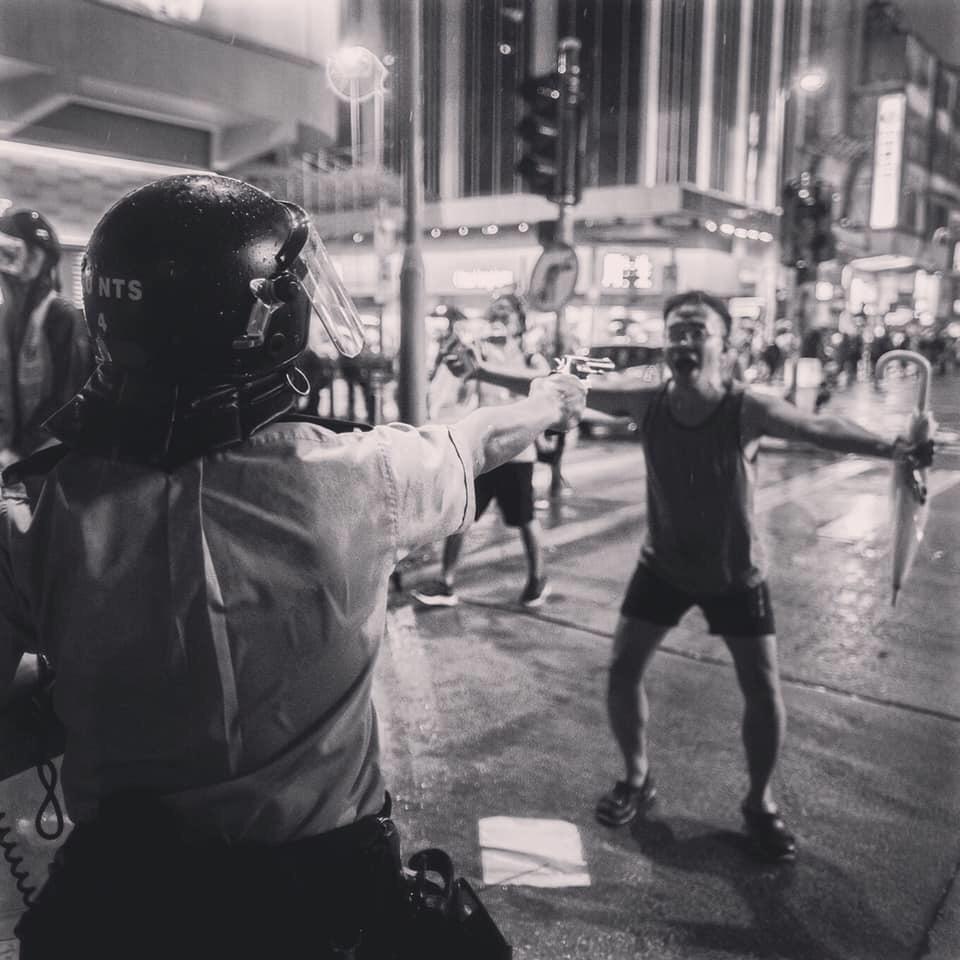
The actions taken by the HKPF show that their disproportionate and uncontrolled responses have created further divisions in the city through increased tensions between the police and the protestors. The disproportionate response of the HKPF, therefore, seems to have added fuel to the protests in Hong Kong.
The Hong Kong Cultural Society, a club at UC San Diego, reached out to the UCSD Guardian to provide us with more perspective on the protests. As Hong Kong natives, the HKCS students stated that while the damage to the city is regrettable, the protesters are fighting for the survival of the city as they know it. Furthermore, the recent election in Hong Kong shows the democratic will in the city and reflects what the people want at the very least: the proper continuation of the “one country, two systems” principle as well as distance from the Communist Party of China. And while over 4,000 people were arrested for participating in the protests, not a single police officer has been punished for the brutality displayed in the city. The lack of transparency and accountability regarding unrestrained arrests — even of nearly a thousand children — makes the cessation of hostilities much more difficult. Such actions are only divisive and unproductive for the protests in Hong Kong. In order to address violence in the city’s protests, the police force must also be part of the solution; it is not only the fault of the protestors. While those participating in violent protests may justifiably be brought to justice, if one is to punish violence in the city, then one must also punish the acts of violence by the HKPF that have escalated the severity of the protests.
The escalating violence of the protests is likely in part due to the direct result of the disproportionate responses of the Hong Kong Police. When trained officers of the city only create further divisions and hostilities in the city, greater protests are all but surprising. While violence should not be a facet of protest, the police responded to peaceful protests with violence first. The escalation of hostilities is a product of unnecessarily harsh policies and unrestrained arrests. In order to find a peaceful future for Hong Kong, protestors and police must seek to stop unnecessary escalations of violence and tension and be held accountable for their actions relative to their roles.
Graphic courtesy of Geena L. Roberts.
Photo courtesy of The New York Times .


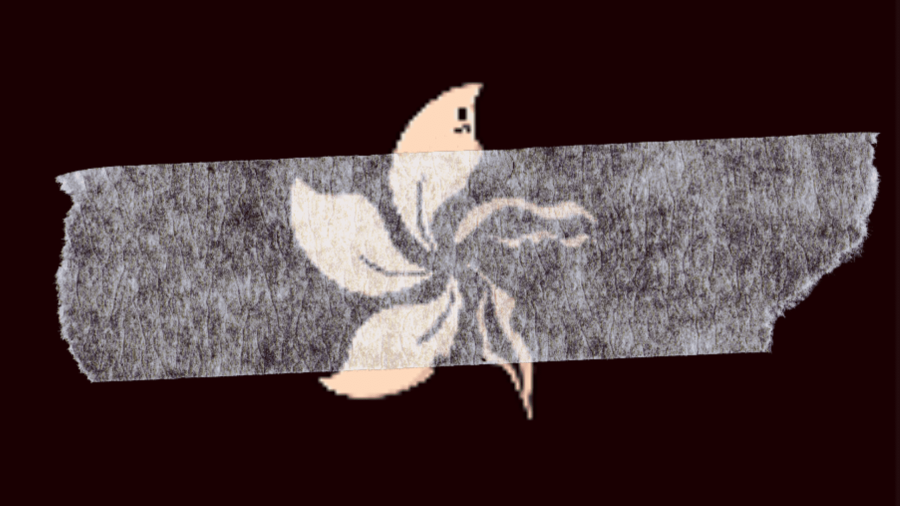






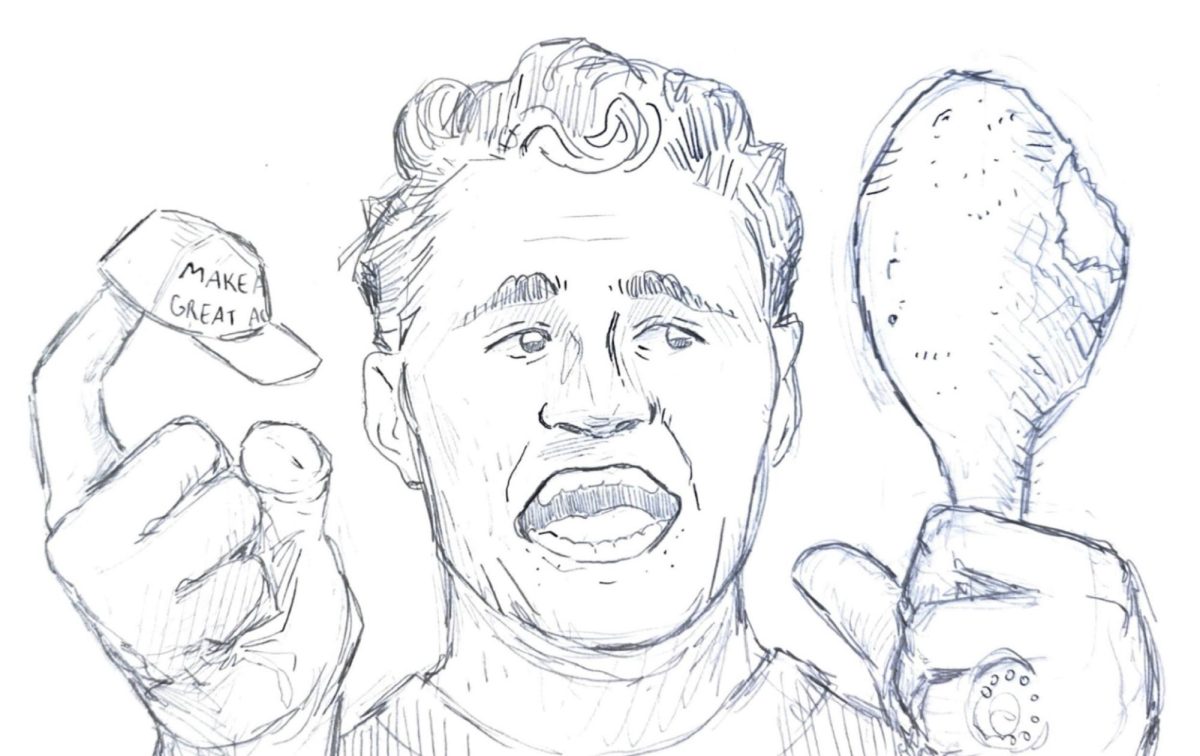
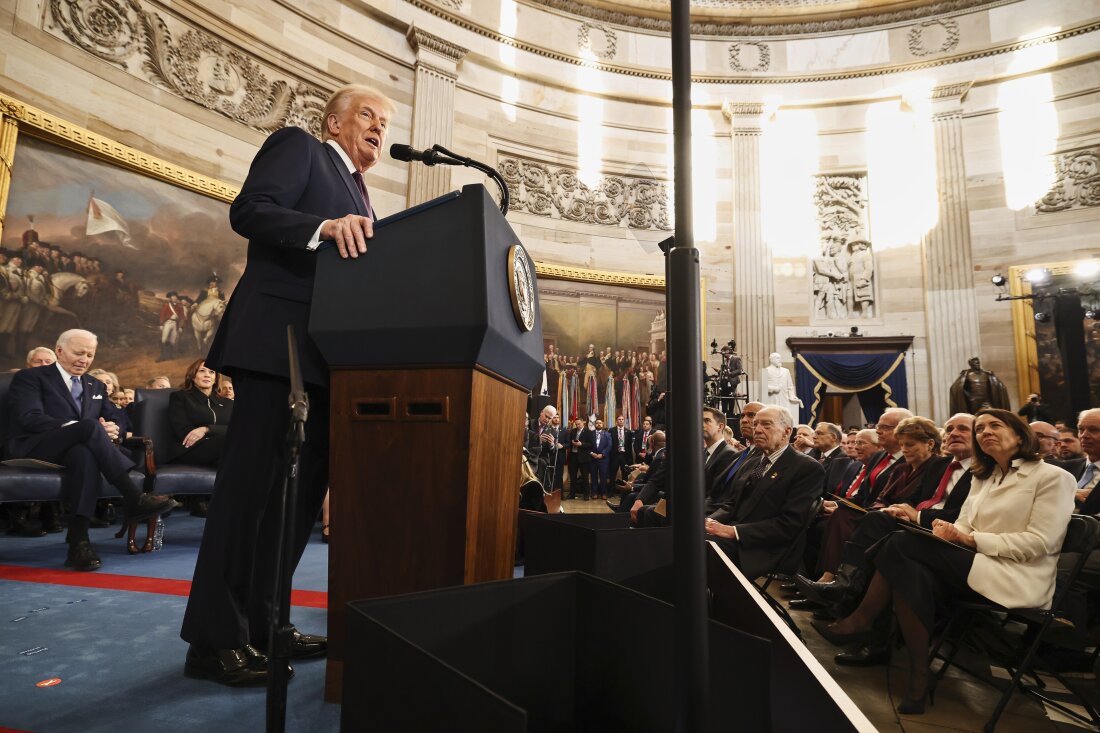
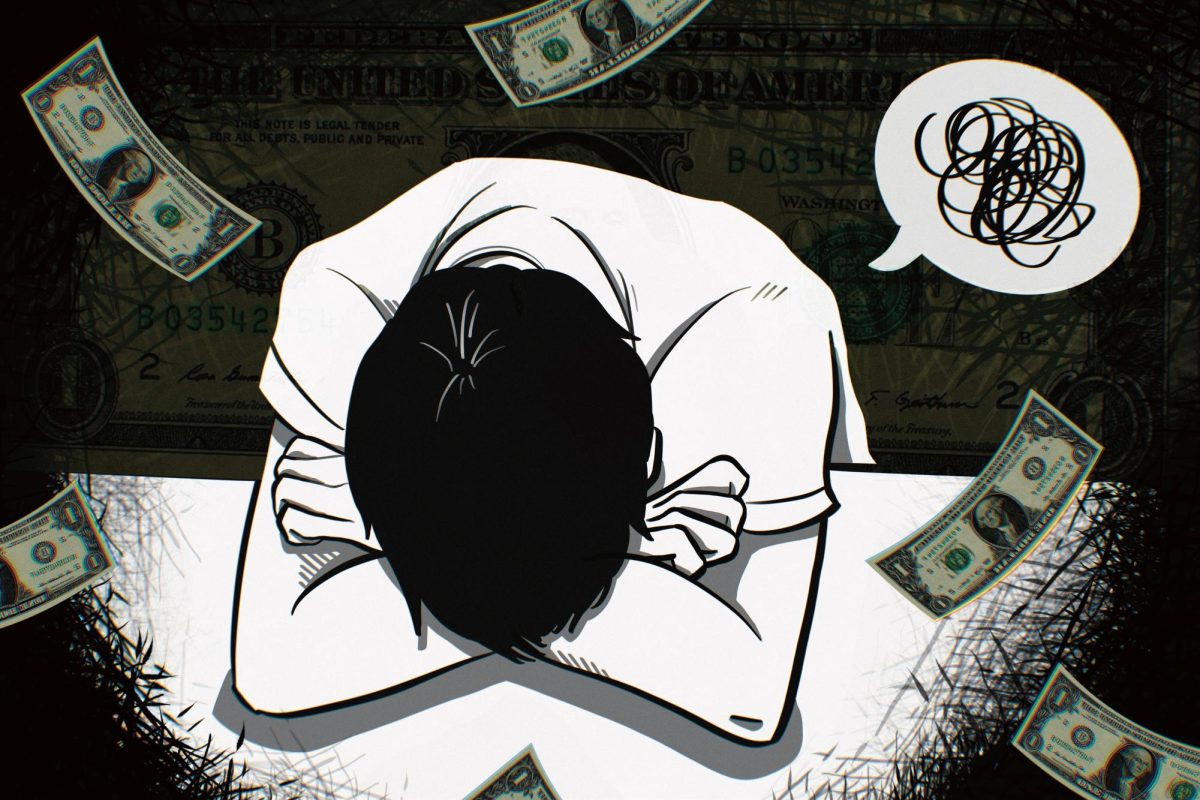
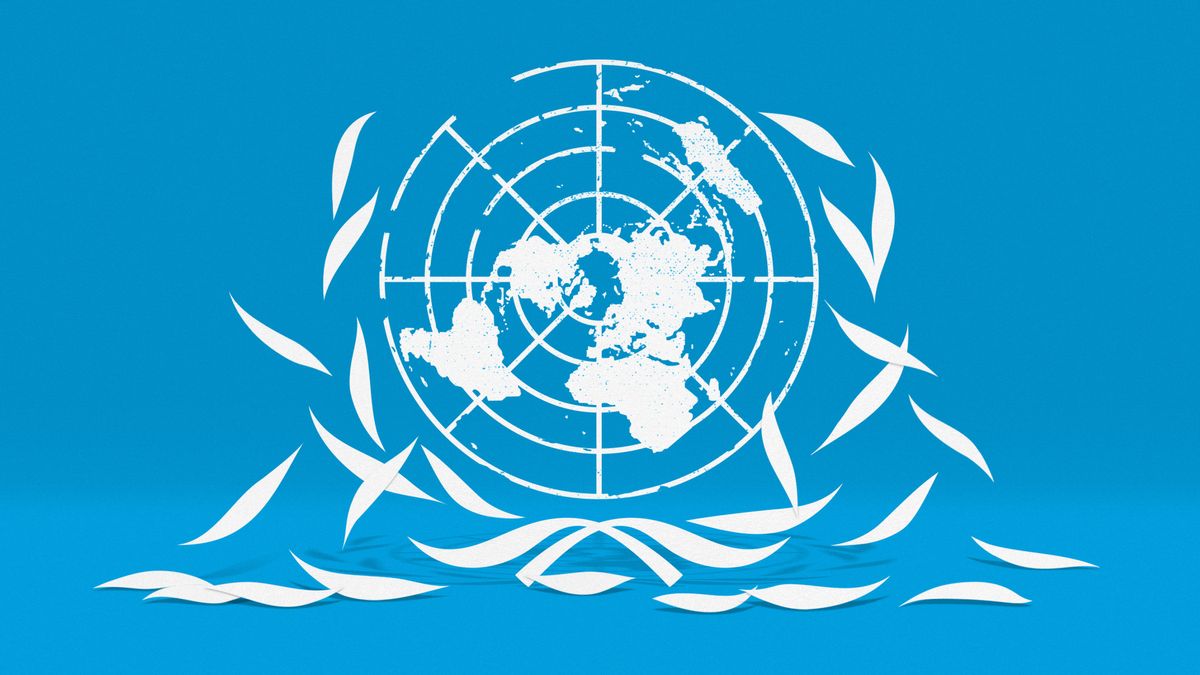
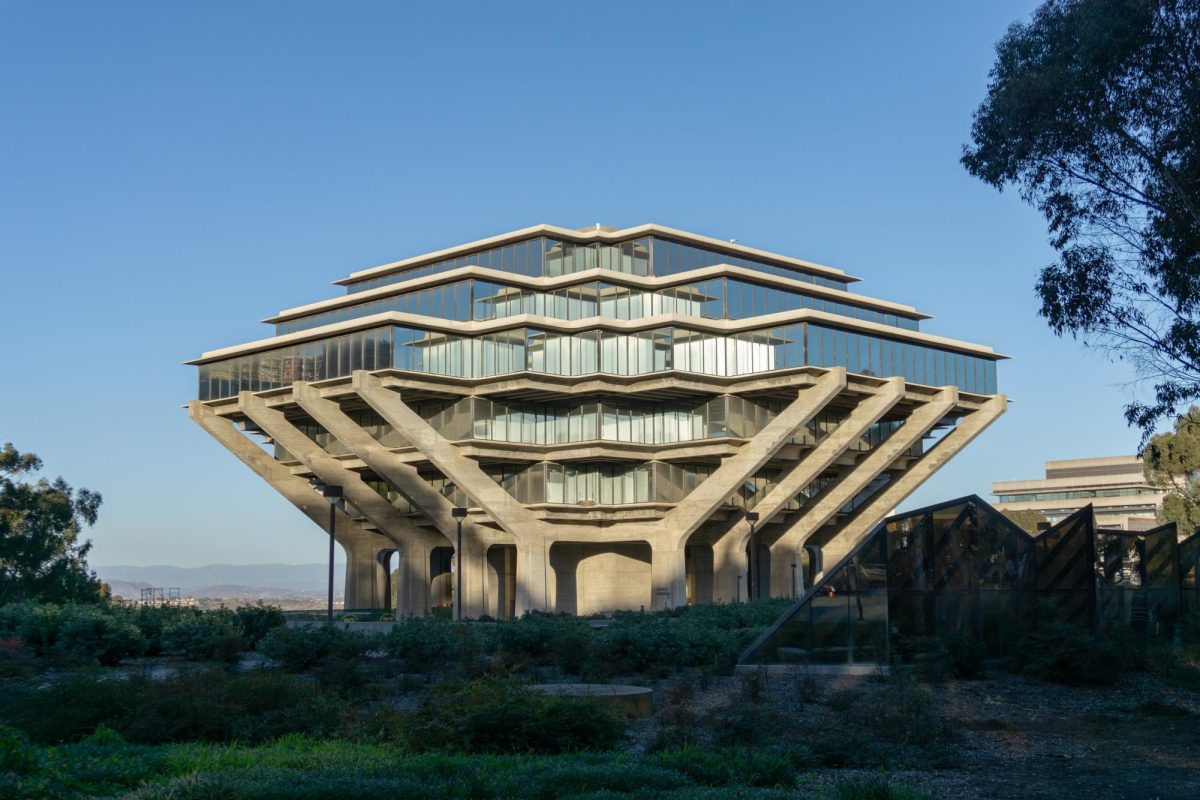
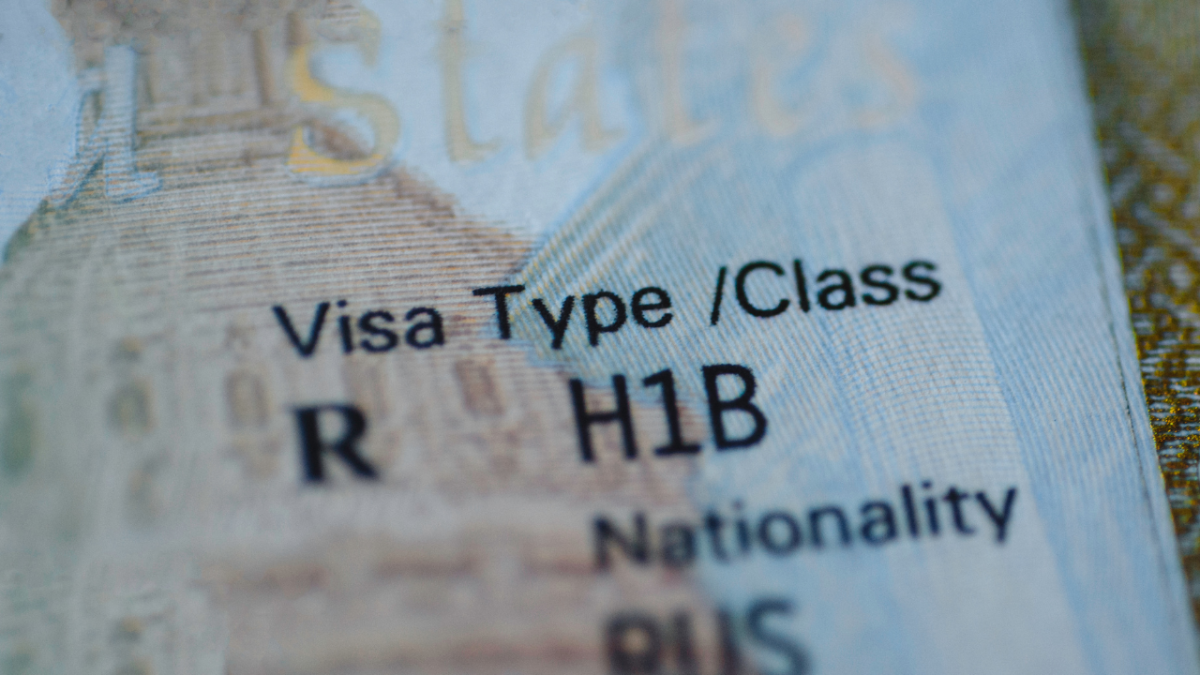






myst • Dec 17, 2019 at 12:16 pm
just curious, what will happen if same protest happens in US?